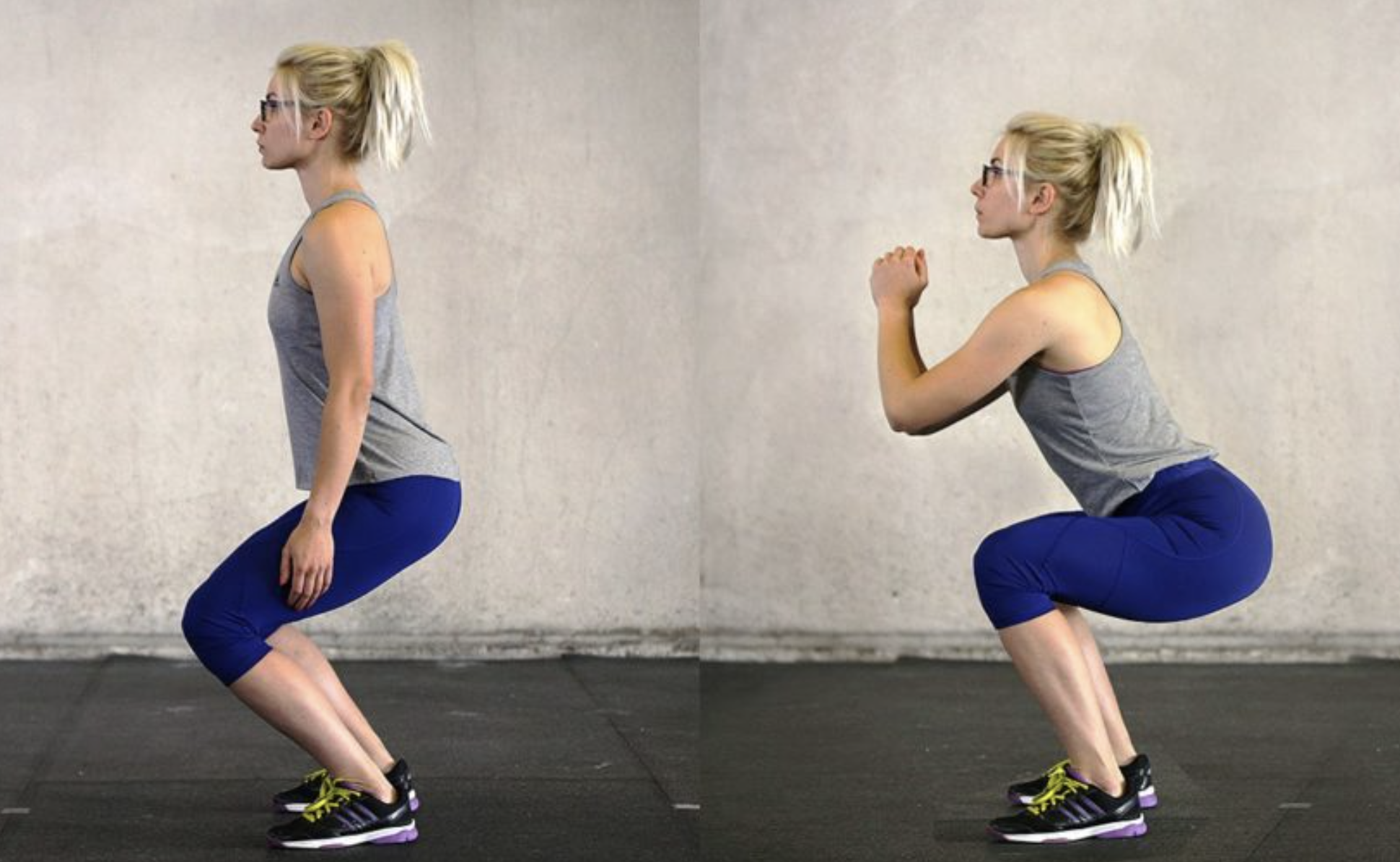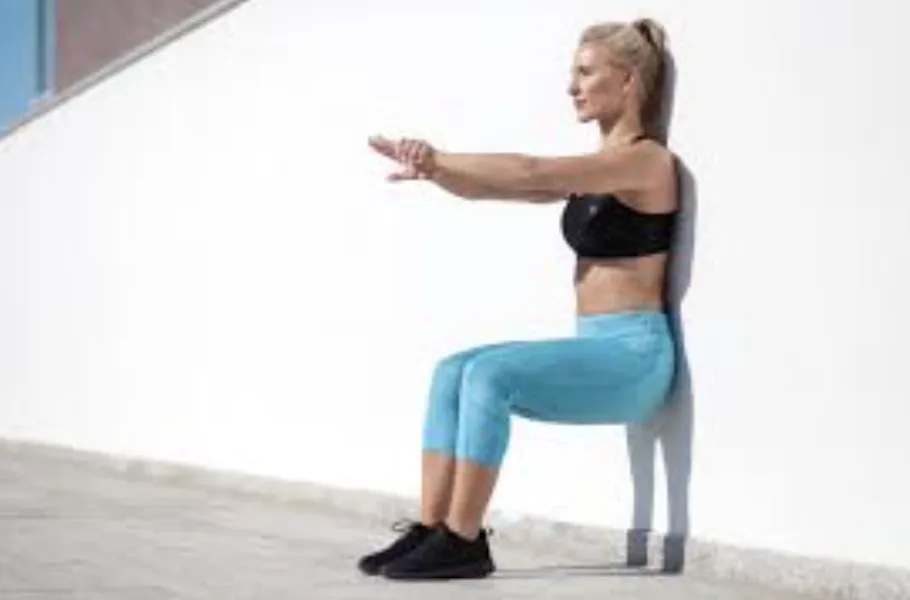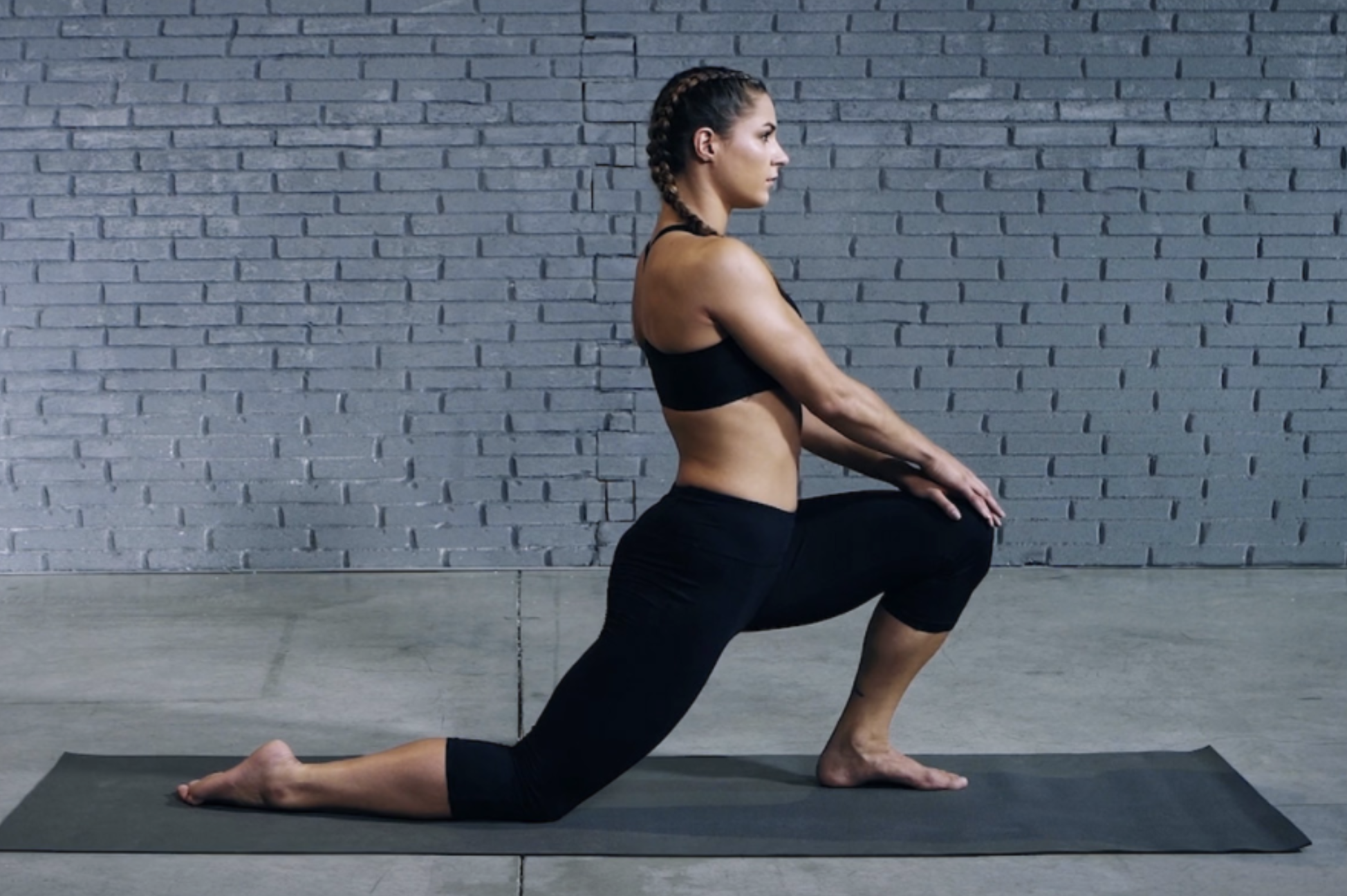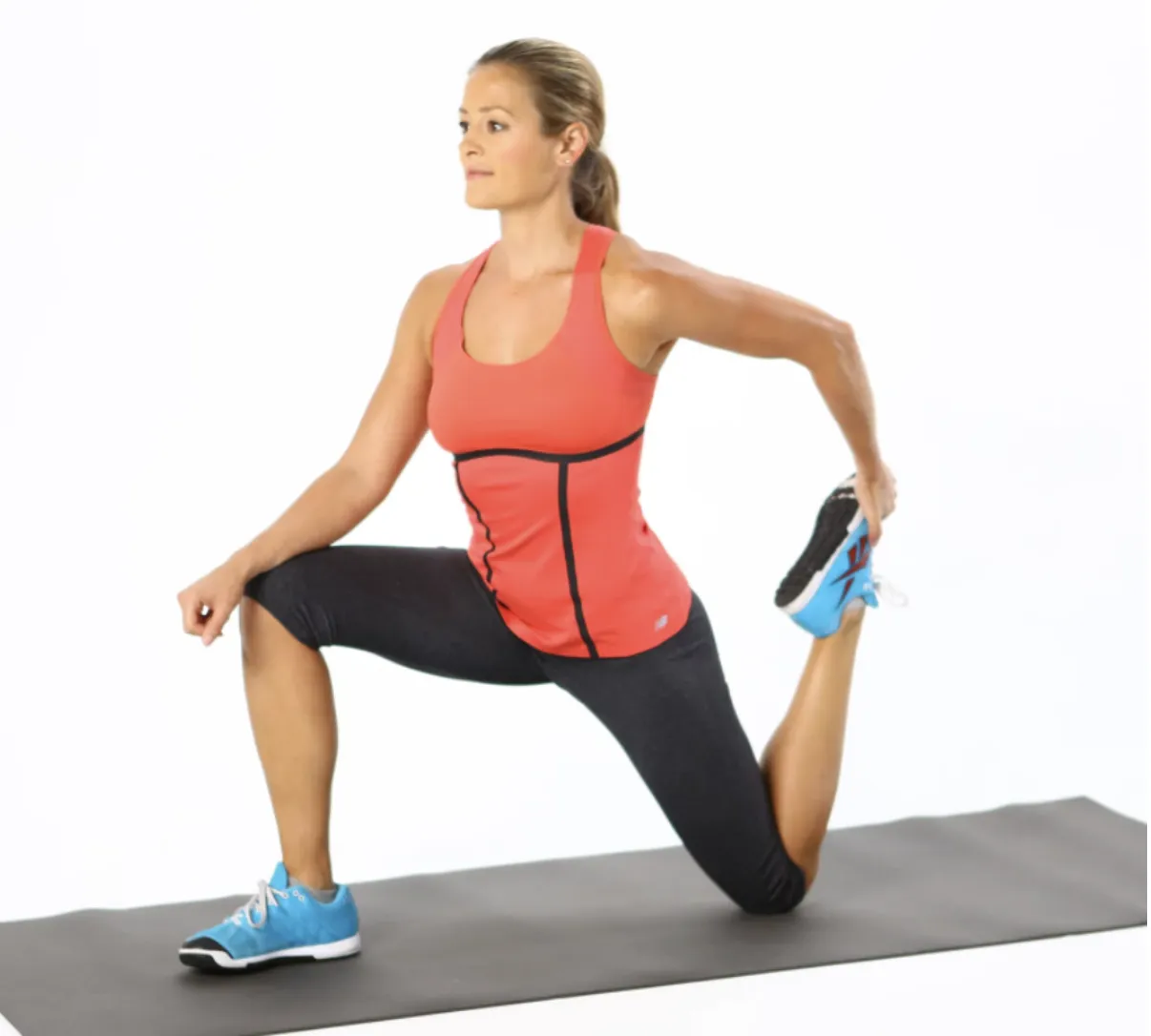Hi Friends of Oompf, it’s Alvan here. Today we will be talking about squats; what is the right form, how low should you go and how to improve your squats.

Squats are one of the best ways to build lower body strength as well as core strength… if done properly.
Squats can help make everyday life easier. They are considered a functional exercise, meaning they enable your body to perform real-life activities easier. From sitting on a chair, to picking up something on the floor. These may sound like simple activities however as you get older, your body relies on your leg and core strength to keep you going. Every squat works out your core to promote balance and improves communication between your brain and your muscle groups. This helps to prevent falls, especially as you get older. Squats strengthen your body, making it move more efficiently in today’s real world.
However did you know, many people lack the flexibility and mobility to do a proper squat.
This may come as a surprise to you especially if you’ve been doing squats for a long time. What do I mean by a proper squat?

A good squat form would be the position on the right hand side of the picture; thighs are parallel to the ground, chest still remains upright.
One of the biggest myths about squatting is “your knees should not past your toes”. Knees passing your toes becomes pretty inevitable as you go deeper into a squat. It is perfectly ok as long as your spine remains neutral or “straight” as you sink into your squat.
How low should I squat then?
A good squat should end with your thighs being parallel to the ground or slightly lower than that. Being able to go any lower or squatting “ass to grass” meaning thighs touching your calves, is really dependant on your hip & ankle mobility.
In the left picture you can see that her knees are bending and chest is upright however it is not an optimal squat as she is not engaging her glutes and “sitting back”. This commonly occurs when the individual has weak or under activated glutes and feels like they might fall backwards if they go any lower.
How to fix this?


If you are not able to perform a proper squat with sufficient depth, always start with a box squat first. A box squat allows you to learn to sit back and engage your glutes to push yourself up. The box you choose should be low enough for your to get a good depth at the end of your squat.
You may also perform a wall squat which is an effective way to improve and assess your squat.
How to improve hip mobility?
Lack of hip flexibility is probably the most common problem that prevents people from squatting properly. One of the best ways to improve this is….. you guessed it! Stretching!

1. Kneeling Hip Flexor Stretch
1. Kneel on your right knee.
2. Put your left foot on the floor with your left knee at a 90-degree angle.
3. Drive your hip forward. Maintaining a straight back, lean your torso forward. -You should be feeling the stretch on the front of your left hip.
4. Hold the position for 30 seconds.
5. Repeat 2 to 5 times with each leg, trying to increase your stretch each time.
2. Psoas Quad Stretch

Continuing from the same position as you were in in the kneeling hip flexor stretch, reach your left hand back and grab the top of your left foot, pulling the feet closer to the back of your thigh.
It is important to remember that flexibility is not something that happens overnight. If you are extremely tight, it might take months or even up to a year to see a vast change. However just like your fitness journey, be consistent with it and you will definitely see change!
Did you find this article useful? Email to us your feedback at [email protected]
Weighttraining #LesMills #Dumbbell #Highintensityintervaltraining #stationarybicycle #Myfitnesspal #fitnessapp #pullup #personaltrainer

